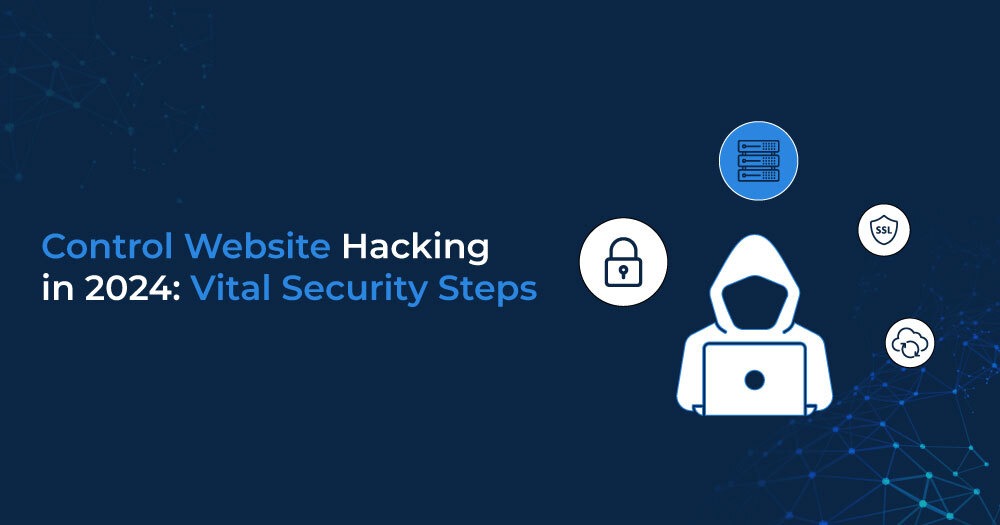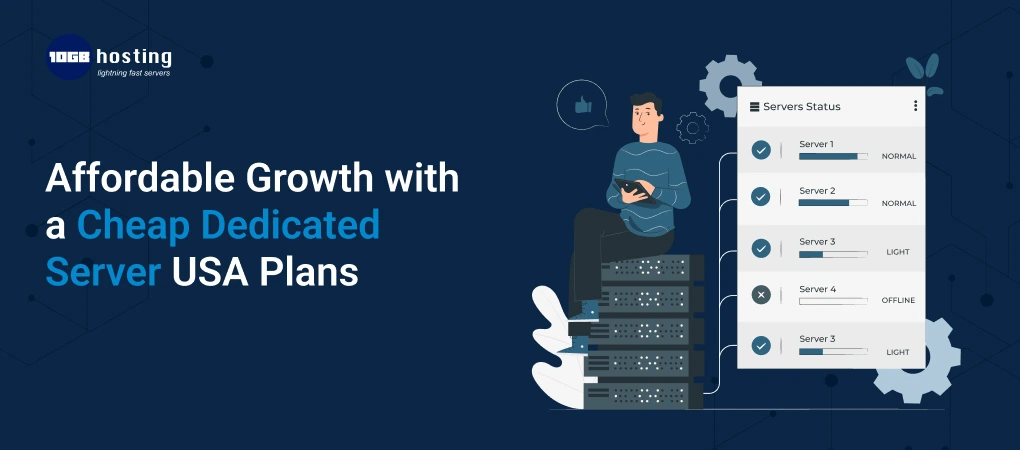Table of Contents
Control Website Hacking in 2024: Vital Security Steps
Emerging initially as a recreational pursuit to push program limits, hacking rapidly transformed into malicious activities. The period from the 90s to the 2000s witnessed a surge in hacking incidents, impacting government and business entities. In recent times, cyber-attacks on websites have increased in frequency and complexity, posing significant challenges to individuals, businesses, and governments. Given these concerns, prioritizing cybersecurity is crucial. The question persists: how are websites hacked in 2024? Explore answers and preventive measures in the ensuing discussion.
WHY DO WEBSITES GET HACKED?
Before delving into how websites are hacked, it’s essential to grasp why websites are targeted. Gaining access to valuable data stands out as a primary motive for hacking websites. Cybercriminals are particularly keen on obtaining private information stored on web servers.
When sensitive data is pilfered, it can be traded on the dark web. On the dark web, stolen data can fuel identity theft, where an individual’s information is exploited to create bank accounts and secure loans. The 2017 Equifax data breach serves as a poignant example.
Financial gain also serves as a potent motivator for hackers. By employing ransomware to lock accounts, hackers extort money from website owners. The “Wanna Cry” ransomware attack on Microsoft Windows systems in 2017 exemplifies this form of hacking.
To thwart website hacking for financial gain, robust hacking prevention systems are imperative. Intercepting financial transactions between your company and its clients is another tactic through which hackers surreptitiously breach systems to siphon money.
Some hackers are driven by a desire to sow discord by disrupting corporate or governmental operations. These hackers, often referred to as hacktivists, are cybercriminals capable of inflicting substantial harm and undermining public trust in targeted entities. An instance of such hacking occurred when hackers breached Sony’s network, pilfered sensitive information, and made it public, inflicting substantial reputational damage on the company.
HOW WEBSITES GET HACKED?
Here are some common ways in which websites are hacked: are hacked:
1. MALWARE AND BACKDOORS
Malware is harmful software that infiltrates computer systems and websites by exploiting security vulnerabilities, such as outdated software, insecure development techniques, or third-party integrations. This can result in security breaches and frequent website malfunctions once infected.
A backdoor, a vulnerability in access control software, can provide unauthorized access to your website for hackers. These could be programming mistakes or malware glitches that enable hackers to deceive users into logging in and seizing control of the website.
Regularly scanning your website for malware is a crucial safety precaution. Utilizing reliable and updated security tools, and thorough and frequent scans are essential for identifying the latest threats and comprehending how websites are compromised.
2. SOCIAL ENGINEERING
Social engineering is distinct from cyberattacks. The essence of social engineering lies in the psychology of persuasion, akin to a traditional con artist.
In a social engineering attack, a cybercriminal often masquerades as a representative from a reputable organization to approach their target. At times, they may even impersonate someone familiar to the victim.
Their objective is to cultivate trust with the victim, persuade them to compromise their website security and prompt them to engage in risky behaviours. This could involve divulging personal information or clicking on harmful web links.
3. BRUTE FORCE ATTACK
The brute force attack is a hacking technique that involves breaking encryption keys, login passwords, and passwords through trial and error. It is a simple yet effective method for gaining unauthorized access to users’ accounts and networks within businesses.
Hackers try different usernames and passwords until they find the correct one, often testing numerous combinations on a computer. Therefore, knowing how websites are hacked using brute force can help maintain the security of accounts and networks.
HOW TO PREVENT WEBSITES FROM HACKING?
1. SELECT A SECURE HOSTING PROVIDER
Choosing a secure web hosting provider can help protect the privacy of user and website data. Opting for a trustworthy host lowers the risk of being hacked or compromised by providing security measures that safeguard your website. Reputable providers typically conduct regular security assessments to ensure the safety and security of your site.
2. USE STRONG AND UNIQUE PASSWORDS
One of the biggest mistakes individuals make is using easily guessed passwords on websites and email accounts. Hackers can gain access to your information by exploiting passwords that are based on simple combinations like your birthdate or a sequence of numbers followed by an exclamation mark. To enhance protection against website hacking, it is essential to create a strong password that includes a combination of special characters, uppercase and lowercase letters, and numbers.
Additionally, implementing two-factor authentication (2FA) can add an extra layer of security by linking your password to a secondary verification method such as a text code, facial recognition, dual-sided puzzles, and more, thereby reducing the risk of website hacking.
3. REGULARLY UPDATE YOUR SOFTWARE
Frequent updates are crucial as they often address security vulnerabilities present in older versions of software. To mitigate the risk of website hacking, it is imperative to ensure that all components of your website, including themes, plugins, and the content management system (CMS), are consistently updated.
4. USE SSL/TLS ENCRYPTION
SSL/TLS ensures data integrity and confidentiality during transit by employing symmetric and asymmetric encryption. Asymmetric encryption establishes a secure session between a server and a client, while symmetric encryption is used for data transmission within this secure session.
For a website to utilize SSL/TLS encryption, a TLS/SSL certificate must be present on the web server or domain. Once the certificate is installed, the client and server can securely negotiate the encryption level.
5. PERFORM REGULAR BACKUPS
Regular backups are crucial for protection against hardware failures and hacking incidents. Without backups, the loss of data, preferences, and settings can be catastrophic, but recovery is simplified with a website backup. It’s important to back up databases, essential website files, as well as media and non-media information.
Creating manual backups is feasible using online tools. Hosting companies can also assist, especially for smaller websites, offering free backup scheduling and automation, sometimes for a nominal fee.
6. STAY UPDATED ON WEBSITE SECURITY THREATS
Keeping informed on how to protect my website from hacking is crucial to prevent any breaches. Explore reputable security blogs or subscribe to their newsletters.
Participate in workshops or webinars led by cybersecurity experts to stay informed about the latest hacking trends and safeguard against threats. Utilize cybersecurity alert platforms for notifications. Understanding how websites are hacked is key to implementing effective prevention strategies for a successful business operation.
Enhancing an understanding of website hacking and prevention strategies will ensure a business operates smoothly without encountering unexpected challenges.
Conclusion
Website hacking remains a significant cybersecurity threat for businesses in different sectors, highlighting the essential need to comprehend how a website can be hacked. Overlooking website security exposes companies to enduring competitive risks, stressing the significance of involving security experts for precise assessments. Given hackers’ use of varied techniques, being informed about how a website can be hacked is vital. It’s important to acknowledge that ensuring security is a continuous process rather than a one-time setup.



